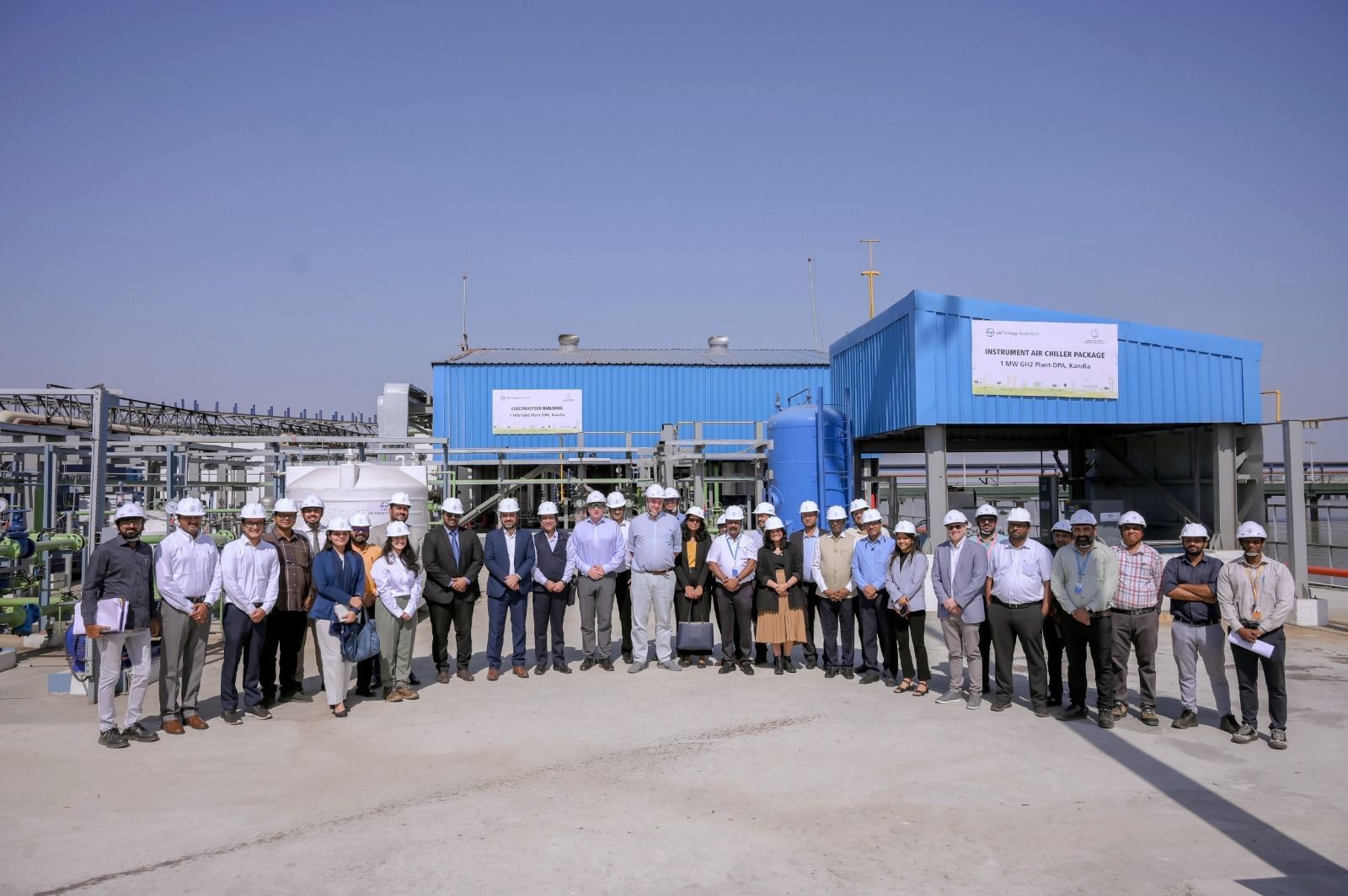India to Restart Ship-Recycling Yards at Sachana
India has announced plans to resume operations at the ship-recycling yard in Sachana, Gujarat, a decision poised to make the country’s ship-breaking industry more robust and competitive. Located on India’s western coastline, the Sachana yard—often overshadowed by its larger, more recognized counterpart in Alang—was forced to suspend operations in 2012 due to environmental concerns. With clearances from the Gujarat state government’s forest and environment departments, this facility will again begin dismantling decommissioned ships.

According to official sources, the move aligns with India’s broader ambitions to become a global leader in sustainable ship recycling. The decision also comes as demand for ship-breaking capacity increases and the industry adopts stricter environmental and safety regulations. The reactivation of Sachana’s yards could lead to new economic opportunities and strengthen India’s hold in the international ship-recycling market. A government spokesperson confirmed that Sachana’s facilities would be modelled on the Alang ship-breaking yard, which is recognized worldwide for its large-scale operations.
Environmental Concerns and Clearance
The Sachana yard was originally closed following a 2012 dispute that raised alarms over the impact of its operations on the local ecosystem, specifically regarding the threat posed to aquatic flora and fauna. The yard’s proximity to ecologically sensitive zones led to a public outcry and intervention by environmental groups. This intervention resulted in an operational halt until sufficient safeguards could be established.
In recent years, however, India has increasingly emphasized sustainable practices within the ship-breaking industry. The government has since assessed the environmental risks associated with resuming operations at Sachana and, after securing necessary approvals from the state’s forest and environment departments, deemed the yard fit to reopen under enhanced regulations. An official noted that the yard will follow internationally recognized guidelines to mitigate the impact on local ecosystems.
“The ship-recycling industry is crucial to India’s economy, especially along the Gujarat coastline,” stated a Ministry of Shipping representative. “By restarting operations at Sachana, we’re addressing the need for capacity expansion, all while ensuring that environmental safeguards are in place.”
Building on Alang’s Success
Sachana’s operations will closely resemble those at the Alang ship-breaking yard, India’s primary ship-recycling facility. Located about 350 kilometers away from Sachana, Alang has built a reputation as one of the world’s largest ship-breaking hubs, processing vessels from around the globe. Alang’s success is attributed to its high capacity, infrastructure, and compliance with international standards, particularly those outlined in the Hong Kong International Convention for the Safe and Environmentally Sound Recycling of Ships.
While industry leaders applaud the decision to reopen Sachana, some suggest that lack of capacity was never the primary concern. Alang alone has managed to meet India’s ship-recycling demands. However, having an additional yard will enable India to handle a larger share of the global ship-recycling market. Some players are optimistic that Sachana’s reopening will diversify India’s options for ship-breaking while reducing some of the strain on Alang.
One industry expert commented, “Alang enjoys a more established reputation, but Sachana’s reopening offers a complementary boost to India’s capacity. The added competition might drive further improvements in recycling standards and innovations.”
Strategic and Economic Implications
India’s position in the global ship-recycling sector has strengthened over the years due to a combination of favorable government policies and an expanding fleet of ageing vessels needing dismantling. Countries like China and Turkey are major competitors in this sector, but Alang and now Sachana’s yards position India favourably in terms of capacity and cost-efficiency.
This new development is expected to create thousands of direct and indirect job opportunities in Gujarat, particularly benefiting local communities. Local contractors and suppliers will see increased demand for their services as the yard undergoes initial setup and when operations reach full scale. Additionally, there is potential for economic growth in industries adjacent to ship-breaking, such as scrap metal and reusable materials markets. The employment impact is significant in this industry, as ship recycling is labor-intensive, requiring a diverse range of skills and services.
The expansion also aligns with India’s recent ratification of the Hong Kong Convention, a move that emphasizes its commitment to environmentally sound practices. Sachana’s revival under this framework will set higher standards for ship-breaking, likely making it more attractive to international companies seeking facilities compliant with green regulations. In particular, ships dismantled at Sachana will be subjected to rigorous waste management processes, which can reduce the risk of pollution and support cleaner recycling operations.
Challenges Ahead
Despite the government’s green light, Sachana faces several hurdles before it can reclaim its place in the ship-recycling sector. One major concern remains the reputation of the Alang yard, which has grown globally over decades. Some stakeholders worry that Sachana might struggle to achieve the same level of international recognition and trust, especially given Alang’s established partnerships with major shipping lines.
Moreover, the ship-breaking industry worldwide faces growing scrutiny due to environmental and human rights concerns. Although stricter policies have been implemented, industry leaders acknowledge that monitoring and enforcement will be essential to Sachana’s long-term viability. The government’s commitment to eco-friendly practices must translate to on-the-ground measures, including worker safety protocols, hazardous waste management, and continuous environmental monitoring.
Conclusion
The reopening of the Sachana ship-recycling yard is a bold step for India, reaffirming its position in the global ship-breaking industry. With the government’s assurance that environmental concerns have been adequately addressed, Sachana is set to become an asset alongside Alang, expanding India’s capabilities in a sector central to its industrial economy. By balancing growth with environmental responsibility, India’s ship-recycling yards in Gujarat are poised to help the nation become a leader in sustainable ship recycling.
Author: shipping inbox
shipping and maritime related web portal








